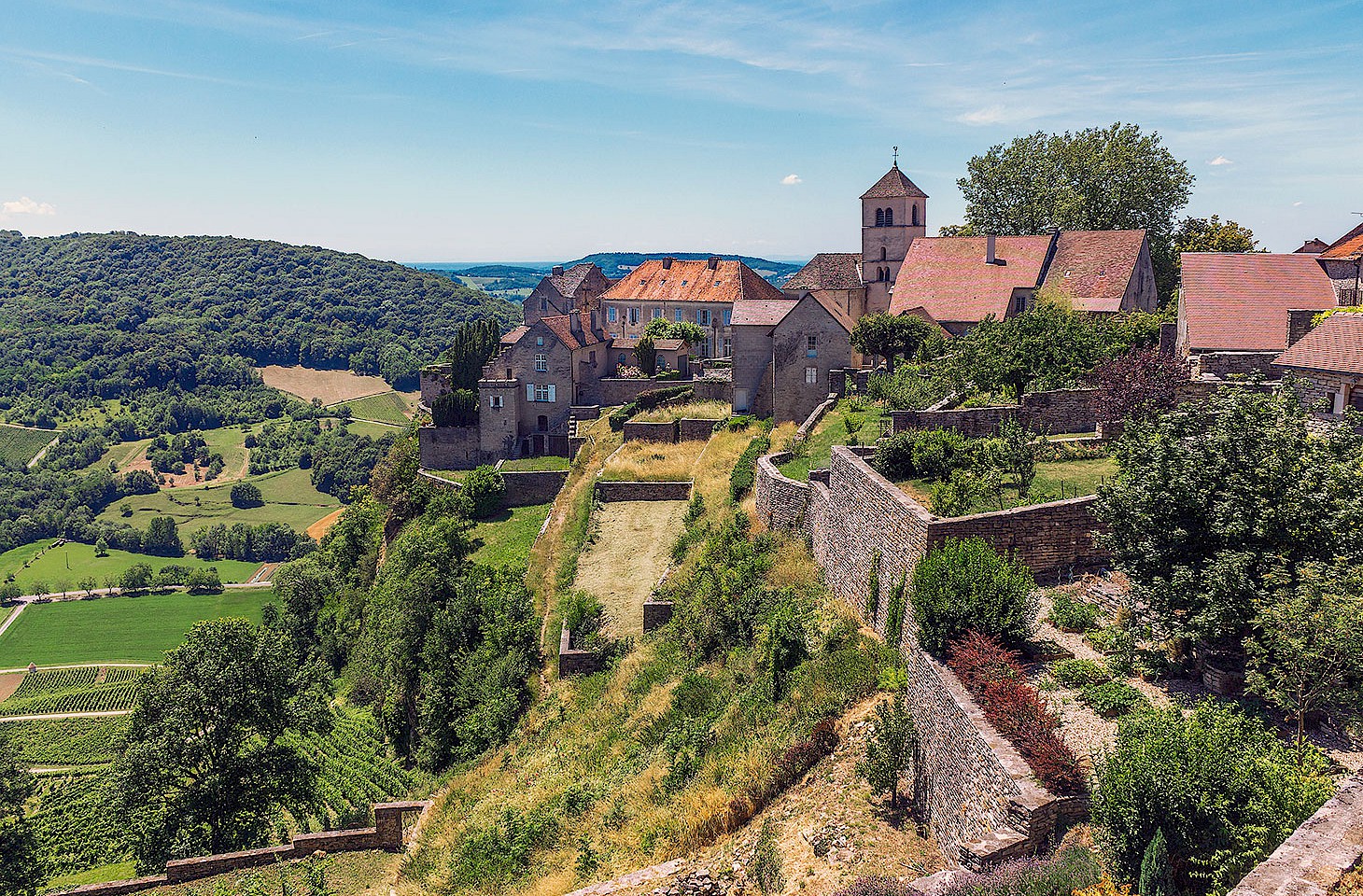Dear fellow travellers
Now would be the moment for a ketwurst.
With the approaching 25th anniversary of the East German government's decision to relax restrictions on its borders, you'll surely be hearing a lot about Berlin over the coming weeks. There will be tales of reunions, stories of a flood of East Berliners venturing west for the first time, and accounts of West Berliners making their first hesitant trips east to discover the other half of Germany.
Memories of the old East Germany are often contested — no surprise perhaps for a country that changed so quickly amid so many differing interpretations of the events of 1989.
We have our own recollections of the German Democratic Republic, many of which focus on the prosaic details of everyday life. There was that peculiar aroma we so often encountered in public places. Whether in a museum, a bookshop or university building, or even on a train, there was a sickly sweet smell with a hint of antiseptic which was unmistakably East German. We assume it came from the polish applied to the linoleum - which was regularly deployed as a floor covering.
Ah, East German linoleum... that was quite something. Almost always in dull shades. We even came across instances of it being used to cover walls.
There was a moment a year or two ago when we were at Schönefeld Airport on the edge of Berlin and quite suddenly we encountered that same clammy smell. For a few brief moments, happy moments in many ways, we were transported back to the mid-1980s. Had someone perhaps discovered an old can of legacy DDR cleaning fluid tucked away at the back of a cupboard?
Then there were the tastes of the East, around which there has developed a surprisingly durable nostalgia among those who lived in the German Democratic Republic. A lot of this nostalgia focuses on the gemütlichkeit of shared moments as families gathered around the table, but some relates to particular tastes. The hallmark rich and tasty soup called solyanka has happily survived German unification. Yet Germany is still divided by a solyanka line, to the west of which citizens just don't appreciate how fine solyanka can be.
We yearn now and again for a good ketwurst, but the memory of East Berlin's signature sausage is perhaps better than the reality. Alexanderplatz (in the heart of East Berlin) was the place for a ketwurst. Perhaps it was no more than a simple hog dog drenched in ketchup or spicy sauce. Why the name? Was it merely that the authorities would not sanction the use of so resolutely western a term as 'hot dog' in such provocatively eastern surroundings as Alex?
We've not had a goldbroiler since the day the Wall came down. Broiler was the word used to describe a roast chicken. It is an interesting case of an Americanism that did enter East German parlance, and yet the word found little recognition in West Germany. The typical East German broiler was thin — not pumped up with growth hormones, which were reserved for the country's athletes. But broilers were tasty. Quite why they were often marketed as goldbroilers we simply have no idea. The term just invited ridicule, with many East Germans dubbing the inferior specimens on their own dinner plates bronzebroilers.
An entire country disappeared, taking the ketwurst with it. By the way, if you have a bottle of that old East German cleaning fluid going spare, do let us know.
Nicky Gardner and Susanne Kries
(editors, hidden europe magazine)



